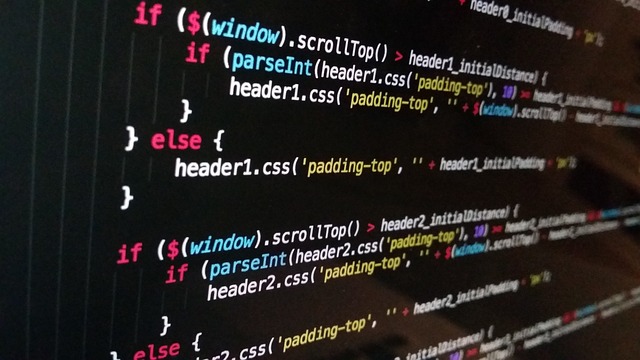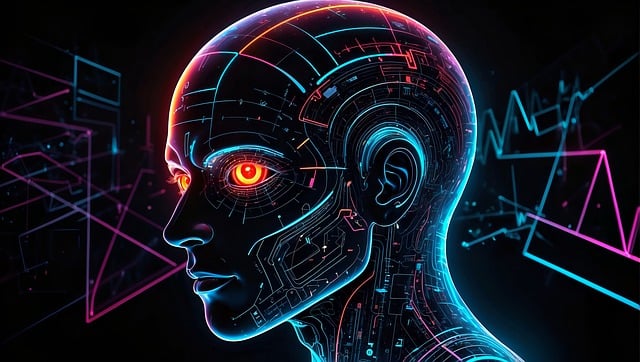Augmented Reality (AR) and Virtual Reality (VR) are revolutionizing industries ranging from gaming to healthcare by blending the real and virtual worlds. AI-powered tools are enhancing the development and experience of these technologies by adding intelligence and adaptability to the virtual environments. In this blog post, we will explore the 10 best AI tools for AR and VR, focusing on how they elevate the user experience, facilitate creation, and offer immersive interaction.
10 Best AI Tools for Augmented Reality and Virtual Reality
AI-driven tools are reshaping how AR and VR are developed and deployed. Here are 10 of the top AI-powered tools that are leading this revolution.
Unity ML-Agents
Unity ML-Agents is an AI toolkit designed for Unity developers to create intelligent agents for AR and VR environments. This tool allows developers to train virtual characters using reinforcement learning, enabling them to learn and adapt to their surroundings. By integrating AI with AR and VR, Unity ML-Agents brings immersive experiences to a new level, as characters react dynamically to users’ actions.
With its support for deep learning frameworks like TensorFlow, this tool is widely used in both gaming and simulation applications. From enhancing non-playable characters (NPCs) to creating lifelike training scenarios, Unity ML-Agents provides the backbone for more responsive and intelligent AR/VR experiences.
ARKit by Apple
ARKit is Apple’s augmented reality development framework, enriched by AI features that allow developers to create highly interactive and immersive AR experiences. By leveraging AI, ARKit can better understand environments, track objects, and offer real-time adjustments to AR visuals. This makes it a go-to tool for iOS app developers working with AR.
ARKit’s AI capabilities enable advanced face tracking, environmental mapping, and scene understanding, which are crucial for building sophisticated AR applications. Whether it’s gaming, education, or retail, ARKit’s integration of AI helps deliver seamless and lifelike AR experiences.
Google ARCore
Google ARCore is another top-tier AI-powered AR development platform that supports both Android and iOS devices. ARCore uses advanced AI algorithms to detect horizontal and vertical surfaces, understand environmental lighting, and place virtual objects within a real-world environment. This enables developers to create immersive AR applications that adapt to the user’s surroundings.
With its motion tracking, environmental recognition, and light estimation features, ARCore allows developers to create highly interactive AR experiences. AI helps enhance the realism and adaptability of the virtual objects within the AR world, making it a powerful tool for creating user-centric experiences.
Unreal Engine
Unreal Engine offers a comprehensive suite of tools for both AR and VR development, incorporating AI to create lifelike simulations and intelligent interactions. The AI within Unreal Engine allows for advanced pathfinding, character behavior, and environmental responses, making virtual environments feel more dynamic and engaging.
Developers use Unreal Engine to create highly realistic AR and VR experiences across industries such as gaming, architecture, and entertainment. AI enhances the realism by making virtual characters and objects react intelligently to user actions, resulting in more immersive and engaging environments.
Vuforia
Vuforia is a leading AR development platform that integrates AI for enhanced image recognition and object tracking. AI capabilities within Vuforia allow developers to create applications that can recognize real-world objects and overlay virtual elements seamlessly. This tool is popular in industrial, medical, and educational applications, where precision and interaction are key.
Vuforia’s AI-powered image recognition enhances the accuracy of object detection and ensures smooth interaction between the real and virtual worlds. By combining AI with AR, developers can create highly interactive and informative experiences for various industries.
Oculus AI
Oculus AI is integrated into Oculus VR hardware, allowing for smarter, more adaptive virtual reality experiences. AI algorithms are used to optimize rendering, reduce latency, and enhance user interaction within VR environments. This results in smoother, more responsive virtual experiences that react to the user’s movements and actions in real-time.
With AI powering its core functionalities, Oculus creates highly immersive and intelligent VR environments. This makes it ideal for gaming, training simulations, and social VR platforms where seamless interaction is crucial to the user experience.
PTC ThingWorx Studio
PTC ThingWorx Studio combines AR with AI to offer intelligent augmented experiences for industrial applications. Its AI-driven features enable real-time data analysis and overlay, making it a powerful tool for creating smart factory environments, training simulations, and maintenance guidance systems.
ThingWorx Studio utilizes AI to interpret sensor data, track objects, and enhance the interactive nature of AR applications. Industries like manufacturing, healthcare, and logistics benefit from its AI-enhanced AR capabilities, which allow for more accurate and efficient workflows.
DeepMotion
DeepMotion uses AI to power motion capture and body tracking for AR and VR applications. Its advanced AI algorithms analyze body movements and translate them into digital avatars, creating lifelike virtual characters. This tool is ideal for gaming, sports training, and virtual fitness applications where precise motion tracking is crucial.
By combining AI with motion capture technology, DeepMotion provides a platform where virtual characters can move and react just like humans. This makes AR/VR experiences more immersive and dynamic, particularly in applications where physical movement is essential.
Blippar
Blippar is an AR platform that uses AI for image recognition, object tracking, and environment mapping. This AI-powered tool allows developers to create interactive AR experiences that integrate seamlessly with real-world surroundings. Blippar is widely used in marketing, education, and retail to deliver engaging and informative AR experiences.
AI in Blippar enhances the accuracy of object detection and user interaction, allowing for more personalized and dynamic AR applications. This makes it a versatile tool for businesses looking to create immersive, user-centric AR solutions.
Vizor
Vizor offers a platform for creating VR experiences powered by AI, with a focus on intuitive design and user interaction. Its AI-driven features simplify the creation of complex VR environments, making it easier for developers to build interactive, immersive virtual worlds.
By leveraging AI, Vizor enables smoother user interactions and more dynamic virtual experiences. This tool is particularly useful for industries like entertainment, education, and real estate, where user immersion is key to success.
Conclusion
The integration of AI into AR and VR development has significantly enhanced the capabilities of these technologies. From creating more interactive and responsive virtual environments to enabling real-time adjustments and learning, AI-powered tools are pushing the boundaries of what AR and VR can achieve. These tools not only elevate user experiences but also offer powerful solutions for industries ranging from gaming and entertainment to education and industrial applications. As AI continues to evolve, the future of AR and VR looks even more promising.






